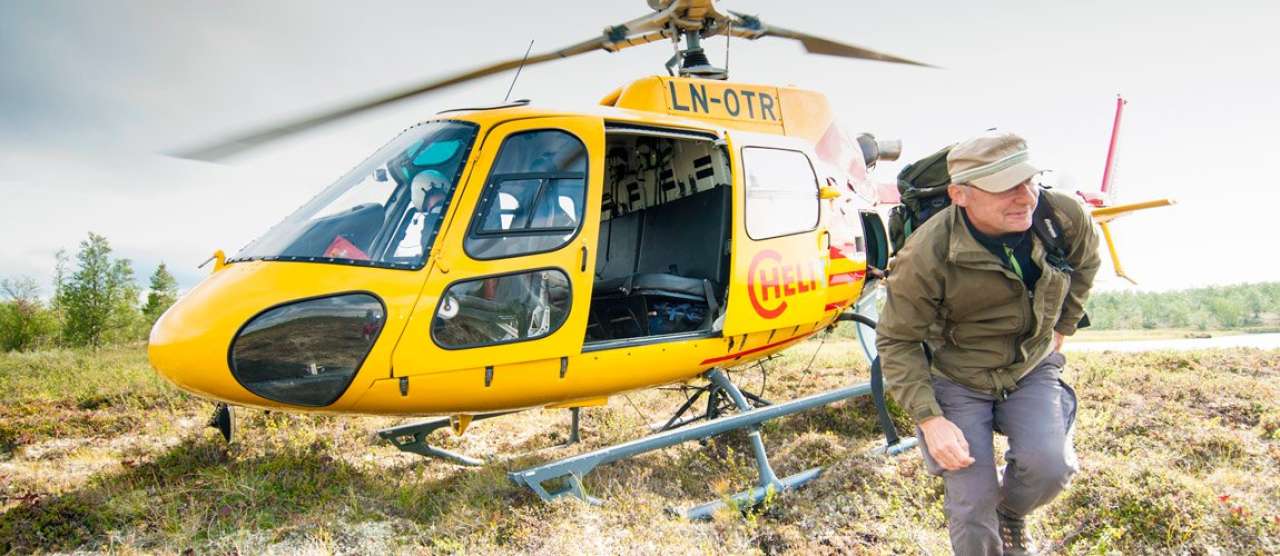Gallup in the forest

Photo: Lars Sandved Dalen
The National Forest Inventory’s statistics provide important knowledge for sustainable management of our forest resources.
The National Forest Inventory does not count and measure all of Norway's over 11 billion trees. It’s enough with a sample of 300 000 trees, so long as they are representative of the country’s forests, and so long as the trees that are selected to participate in the inventory are chosen at random.
The whole country is divided into a grid of 3 x 3 km. In each square, one site is examined. In all, there are 13 000 such forested sites spread over the whole country. If there are trees there, the site is visited by field workers every fifth year.
From the forest registrations, forest researchers can calculate how many trees are present in the forest and how much timber there is in different types of forests, for example in amount of cubic metres of timber. Forest statistics also provide information on growing conditions, about how much forest is found in steep and inaccessible terrain, if it is far to the nearest forest road, and how profitable it is to harvest the forest with given prices and demand.
The National Forest Inventory’s figures also provide knowledge about Norway’s future forest resources. How the forest appears today gives us information about when the forest will be mature for harvest.
- This will be important for the wood products industry, for example, for planning a new wood product factory or a new sawmill, explains Aksel Granhus, leader of the National Forest Inventory at NIBIO.
Over the last ten years it has become increasingly important with knowledge of the forest as habitat for insects, fungi, birds and other animals. Thus, habitats for red-listed species have, through environmental inventories in the forest (MiS), become a part of the forest inventory.
- Many red-listed species are located in the forest. Then it goes without saying that it is important to manage the forest properly and also important with knowledge of the forest as habitat for these endangered species, explains Granhus.
Contacts

Lars Sandved Dalen
Senior Adviser
-
Department of Communications
(+47) 990 08 564 lars.dalen@nibio.no Office Location: Ås H7
Contacts

Lars Sandved Dalen
Senior Adviser
-
Department of Communications
(+47) 990 08 564 lars.dalen@nibio.no Office Location: Ås H7
